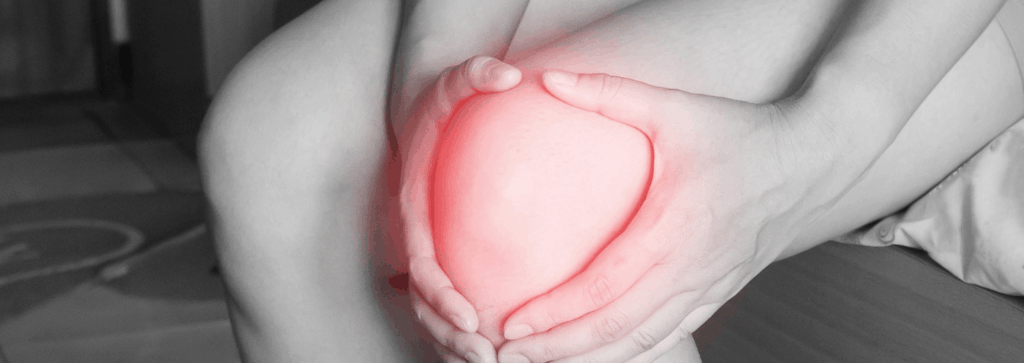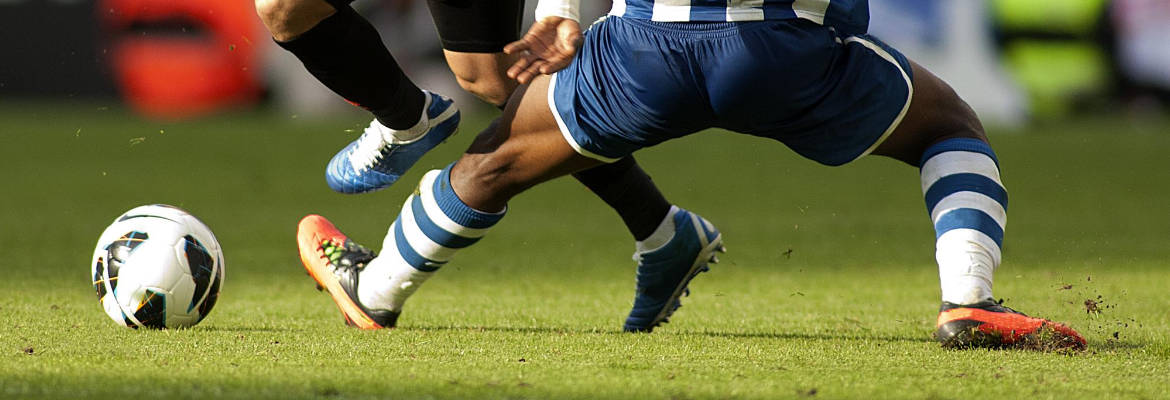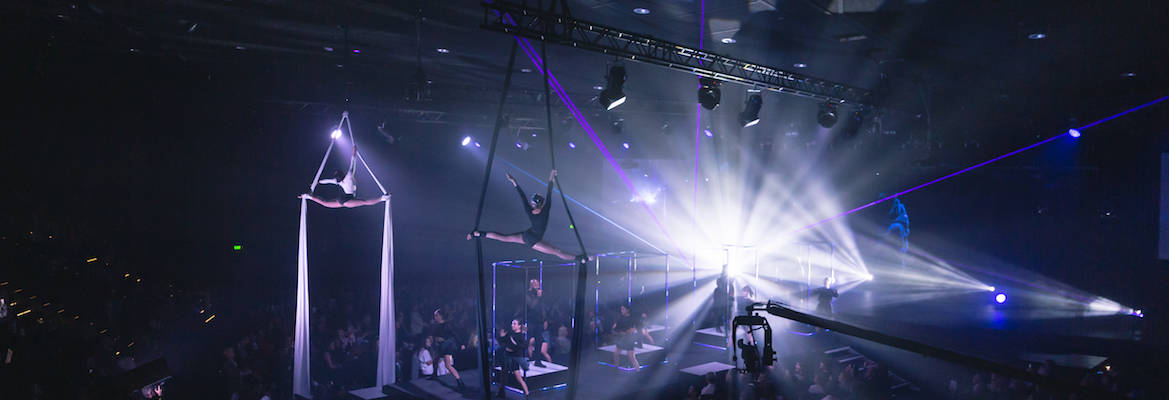Apart from being a physiotherapist, Nicole Walker has many talents which include being a big aerial enthusiast and qualified teacher.
Here are her answers to the most common questions on aerial that someone might have if they are considering taking the plunge!
If you’d like more of a description about aerial silks, click here for a great summary.
1. What age should you start?
You can start training at any age. Starting as an adult definitely has its challenges, but provided you train within your individual limits/ability, anyone can do aerials!
2. Is aerial hoop bad for joints?
Aerial hoops are made from steel – they can be hollow, semi solid, or solid. For this reason, hoop can definitely hurt. Like anything, with time, it hurts less. While hoop might hurt, it is definitely not bad for your joints.
Aerial hoop is a form of resistance training, which like any strength training is actually good for your joints. Keep in mind though, doing too much too soon can sometimes lead to injury.
3. Is aerial silks safe?
Anything that is performed in the air always comes with risk. If you are taking aerial silks classes for the first time you should be provided with a crash mat to train over.
In addition, your instructor should be properly trained so they know how to ensure that you are kept safe throughout the class.
4. Are silks painful?
Aerial silks can definitely hurt – soreness from muscles, pressure of the fabric and sometimes fabric burns.
Over time this definitely gets easier – our bodies are pretty adaptable!
5. Do you have to be skinny to do aerial silks?
Absolutely not! However, keep in mind that you have to lift your own body weight. The heavier you are, the harder it is to lift yourself.
6. Is aerial silks / hoop hard?
Yes, there is a lot of strength involved in both. Aerial silks is often described as being the hardest as you have to climb up and down the silk, as well as performing moves.
While both aerial silks and hoop are challenging, you don’t have to be really strong to be able to start! There are ways that the moves can be modified in order for you to be able to do a ‘trick’ or ‘move’.
For example, when first starting aerial silks, you might learn moves where the silk has been tied in a knot (so you can sit on it, a bit like a swing). This allows you to learn moves without having to climb up and gives you more of an opportunity to rest.
7. What muscles do you need for silks or hoop?
If you attend an aerial silks or hoop class, you will soon realise that it is a whole body workout! While you will typically use a lot of upper body muscles, you also need to use your legs and core.
In aerials we typically use a lot of ‘pulling’ muscles, including your biceps, lats, rhomboids, trapezius muscles, forearms and more.
8. What are the most common injuries for aerial silks and hoop?
While the popularity of aerial arts has really grown, there is still a paucity of evidence surrounding injury prevalence.
In my experience, some of the most common injuries are shoulder and hip injuries. Injuries to the rotator cuff of the shoulder are quite common. This is due to the fact that when training on silks/hoop you often have to hang from your arms, which places a lot of load on your shoulders and the small rotator cuff muscles, especially when in extreme ranges of motion. This can cause both acute and overuse injuries of the rotator cuff.
Injuries can also occur when students are getting used to working and building control/strength in their end range of motion.
9. Am I too unfit to do aerial?
Aerial arts are physically demanding, however you have to start somewhere! If you are particularly unfit, you will definitely find it physically very challenging and may fatigue quite quickly.
Fitness and strength can both be built up over time.
10. Can you put aerial silks / hoop in your house?
Yes, however rigging should only ever be installed by a qualified and certified rigger. If you are looking at putting a rigging point in your ceiling, it must be checked by an engineer to ensure that it is appropriate for load bearing.
Rigging should never be done from a tree – the tree might look healthy on the outside, but you never know what the health/integrity of a tree is on the inside.
If you would like to see a clip of Nicole performing aerial silks, click here to see her in action.
To learn more about Nicole, here is a link to her bio.
If you would like to speak with Nicole about any injuries relating to aerial silks, circus or dance, you can organise an appointment by calling 8356 1000 or click on the button to book online.















